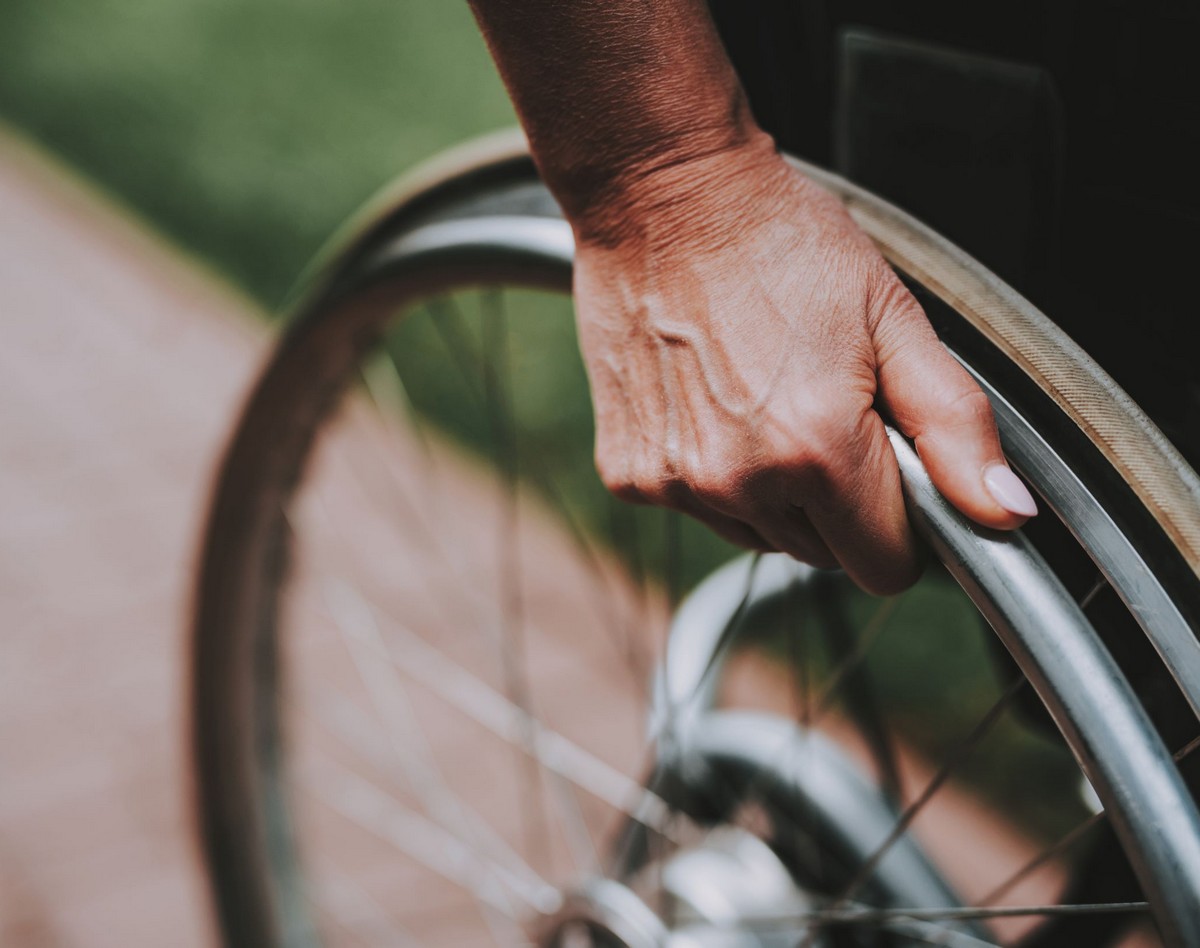When thinking about how to set up your wheelchair, tyres are not something most people consider in detail. But as wheelchair tyres are the item that connect your wheelchair to the ground and impact on ride quality, speed and manoeuvrability, it’s important to get it right. The tyres act like shock absorbers, impacting the smoothness of the ride as well as reducing wear and tear on the wheelchair.
Manual wheelchairs usually have two sets of wheels; two large drive wheels at the rear of the wheelchair and two castors at the front. Power wheelchairs have a set of larger drive wheels, and one or two sets of castors depending on the type of power wheelchair. On both manual and power wheelchairs, the castors are primarily a solid tyre, so in this article we’re focusing on drive wheel tyre selection.
Wheelchair tyres can be pneumatic (air filled), solid rubber or flat free (filled with foam, urethane or rubber):
Pneumatic tyres
Pneumatic tyres use inflatable tubes, just like a bicycle tyre. They can offer shock absorption when going oven uneven ground, and often provide a smoother and more comfortable ride. A high-pressure pneumatic tyre generally provide the best ride quality on level surfaces of all tyre options, as the contact surface to the floor is smaller, resulting in low driving resistance.
One downside to pneumatic tyres is the maintenance required, as the valves will lose air constantly just like a bicycle or car tyre and will need pumping up regularly. If you only use your wheelchair on occasion, pneumatic tyres may not be the best option as you’ll have to inflate the tyres when you go to use the wheelchair. Pneumatic tyres also have the risk of punctures when using the wheelchair.
Solid tyres
Solid tyres are maintenance free and last for a lot longer than pneumatic tyres, but as they don’t have air, solid tyres don’t offer the shock absorption and ride quality that pneumatic tyres can offer. For power wheelchair users, the improvement in the shock absorbers built into the wheelchair base over the past decade have resulted in great ride quality regardless of tyre choice, so solid tyres on power wheelchairs don’t impact ride quality as much as on manual wheelchairs.
Flat Free Tyres
Flat free tyres are pneumatic tyres that are filled with a semi solid material like foam rather than air. They can be a compromise between pneumatic and solid tyres, as they provide a softer ride than solid tyres without the puncture risk of pneumatic tyres.
The choice between tyres depends on the individual’s needs for their wheelchair. Someone who lives in an area with a lot of puncture risks, either from debris in the inner city or from cats heads bindis in rural areas, and just wants to be able travel with their wheelchair and not worry about punctures, may prefer solid tyres. A person who has pain that is exacerbated by bumps and shocks when using their wheelchair may prefer pneumatic tyres for the shock absorption offered. Other users may value performance over everything else and go straight for high pressure pneumatic tyres. The choice is down to what type of tyre would be suit your individual needs, and your GTK consultant can help you work out the best tyres for you.



